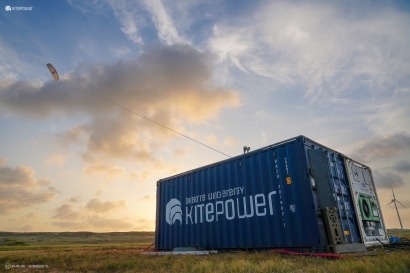
With the recently obtained BVLOS permit from the ILT, Kitepower's innovative kites, the Hawk and the Falcon, can now operate without a person ‘on-site’, utilizing remote monitoring instead.
This substantially decreases the cost of operation and increases the operational range of the kites, enabling Kitepower to generate wind energy in previously inaccessible areas, including offshore wind farms. The ILT permit also allows Kitepower to conduct BVLOS flights in segregated and atypical airspace, creating new opportunities for deploying the kites in locations with specific regulations or restrictions.
This permit represents a significant advancement in the commercialization process for Kitepower, opening the door to larger-scale deployment of their technology products, further enhancing the efficiency of energy generation.
"This permit is a crucial milestone for Kitepower," says CEO Johannes Peschel. "It enables us to further develop and demonstrate our technology to potential customers. We are confident that BVLOS flights will play a crucial role in our operations and the future of wind energy in general."
ILT granted Kitepower the permit after an extensive safety assessment of the technology. Throughout this process, Kitepower conducted comprehensive tests to demonstrate the safety and reliability of the kites.
To date Kitepower had been flying under a ‘Visual Line of Sight’ permit which required a trained operator on site. Under the most recent European drone legislation, the ILT permit can be used as the basis for a cross-border application in order to fly in any other European country.
The EU legislation and recent permit will help enable rapid deployments of Kitepower systems in places where portable power is needed.

